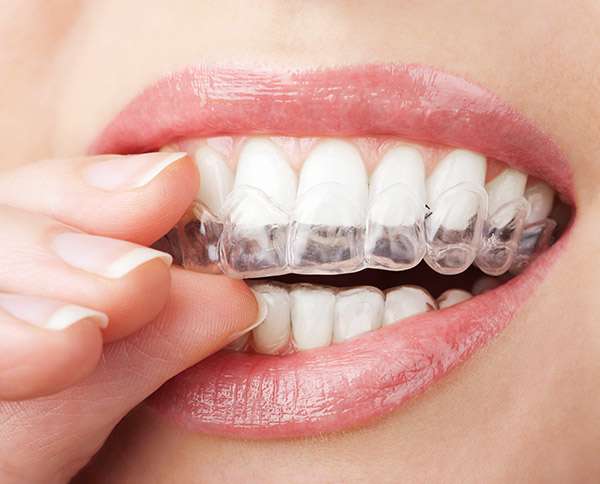How Early Orthodontic Treatment Can Help You Avoid Bigger Issues

Dental care is an expensive part of life, but early orthodontic treatment can save you money down the line. Whether it is for you or your child, the price of healthy teeth can be a hefty one if your teeth are not properly maintained. Talking with your dentist about how the benefits of early orthodontic treatment could mean saving time and money in the future.
What is early orthodontics?
According to the American Association of Orthodontists (AAO), early orthodontic treatment, also known as interceptive treatment, means treatment done while baby teeth are still present in a child's mouth.
From the time of conception to early adulthood, children are constantly growing, including their mouth and jaw. The AAO recommends that a child sees a dental professional for orthodontic treatment when an oral problem is first recognized. However, their first orthodontic checkup should be no later than age seven.
At this age, most of their permanent teeth will have erupted. During this visit, the dentist will be able to evaluate their developing teeth and jaw, thus providing ample information about how the child’s mouth will develop over time.
It could be that a child is right on track for near-perfect dental development. Another diagnosis could be that the child will need treatment in the future, in which case, the child will have periodic follow-ups to assess the way their face and jaw continue to grow. Lastly, the child may show signs of early orthodontic problems that will require treatment.
The reason early orthodontics exist is to intercept a developing problem, work to eliminate the cause, guide a child’s facial and jawbone growth and provide enough room for incoming permanent teeth. The AAO lists common conditions when a child may benefit from early treatment:
- Underbites, when the lower front teeth are ahead of the upper front teeth
- Crossbites, when the jaw shifts to one side
- Very crowded teeth
- Excessively spaced teeth
- Extra or missing teeth
- Teeth that meet abnormally or not at all
- Thumb, finger or pacifier habits that affect the teeth or jaw growth
What are various types of early orthodontic treatments?
A child’s dentist may prescribe a fixed or removable appliance, which is a device used to move teeth, change the position of a child’s jaw or hold the child’s teeth in place for optimal development. In some cases, no appliance will be necessary; it just depends on what each child needs.
Certain conditions may require removal of the child’s baby teeth to help their permanent teeth to erupt better. These extractions will be done at an optimal time for the child’s growth and development.
Conclusion
As a parent, you want your child to have the very best of what life has to offer. That should include your child’s oral health. Bottom line? Certain orthodontic conditions can be much easier to handle if they are discovered and treated at an early age. Contact us today so we can make sure your child’s dental health has a bright future.
Request an appointment here: https://www.texasstarsmiles.com or call Texas Star Smiles & FastBraces at (254) 237-1342 for an appointment in our Killeen office.
Check out what others are saying about our services on Yelp: Read our Yelp reviews.
Related Posts
Your dentist will give you smile makeover aftercare instructions. These care practices will extend the effects of your procedure or procedures. They can even help improve your oral health. If you want to know what to do and what not after your smile makeover, here are the details.A teeth bleaching or whitening treatment can brighten…
People looking to straighten their smile are finding a flexible and discrete solution in clear aligners. These innovative appliances provide an alternative to traditional braces, making them popular among patients seeking effective treatment with minimal disruption to their daily lives. Clear aligners are custom-designed to meet patients' needs, ensuring precision and comfort.Clear aligners are transparent…
A smile makeover allows you to address concerns you may have with your smile, including but not limited to damaged teeth, stained teeth, missing teeth, short teeth, misalignments of the teeth and jaw, and a gummy smile. This review discusses the benefits of a smile makeover.The most notable benefits of getting a smile makeover include…
Getting the right smile makeover is a form of dental rescue for your eroded enamel. It can be annoying at first, but without treatment, it can be a serious dental issue. Among the causes of tooth or enamel erosion, drinking soda is the most damaging. Drinking such sugary and acidic beverages can wear down your…
